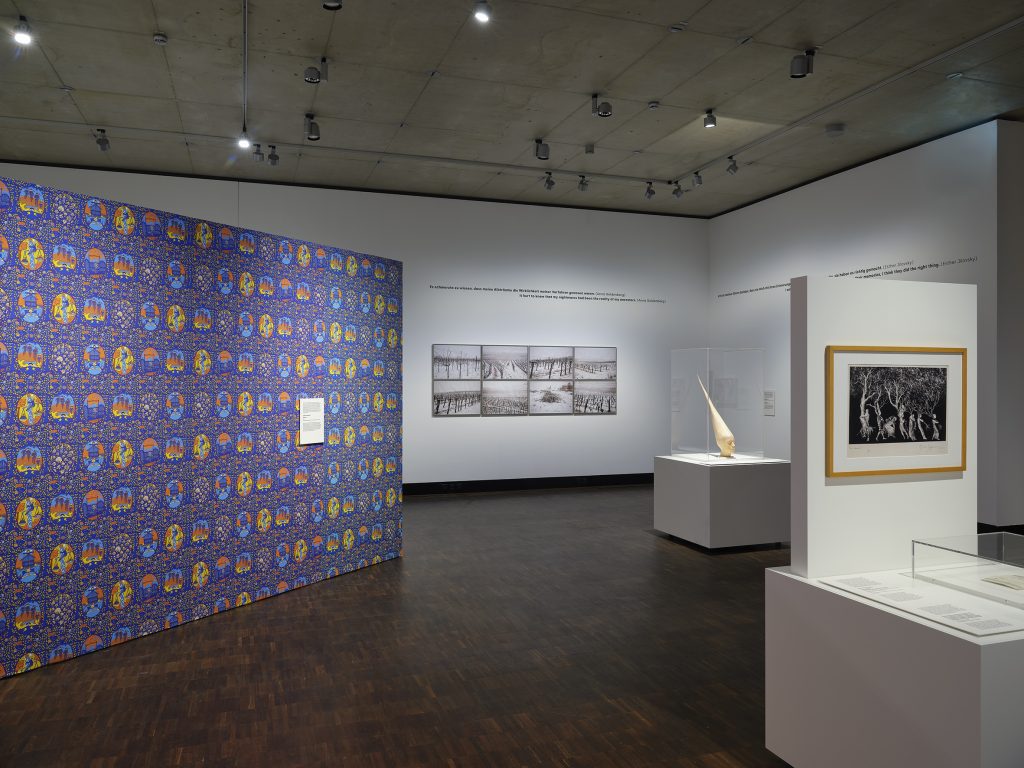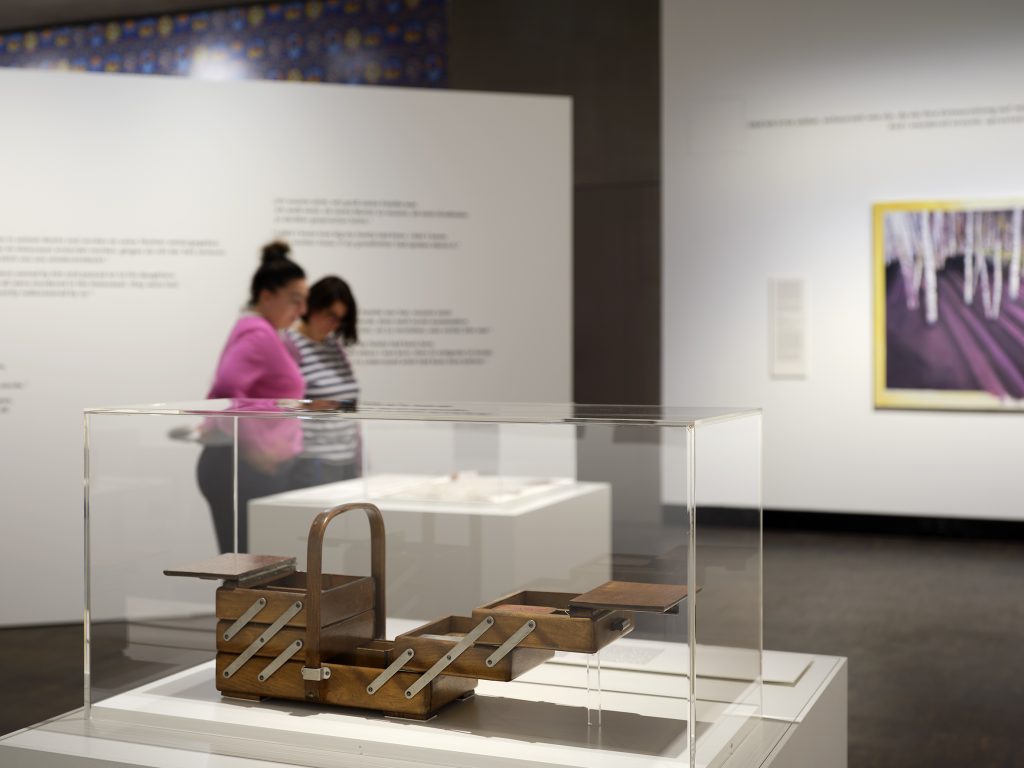Many events are organized at the Jewish Museum Munich for this year’s European Days of Jewish Culture. Among them an emotional visit to the Bogenhausen neighborhood. Here’s our interview with Angela Brehm, Press & Communication Director of the museum.

Why did you choose to include a guided visit in Bogenhausen for the EDJC?
We chose to include a guided visit to the Munich neighborhood “Bogenhausen”, specifially the street “Möhlstraße”, because it became the center of life for Jewish Displaced Persons (DPs) in the immediate post-war period. After the end of the war, the US Army confiscated buildings in the area of Bogenhausen, where a lot of members of the Nazi Party had taken over the villas, some of Jewish ownership. The US Army allocated the now empty villas to international aid organizations. Thus, the Joint (American Jewish Joint Distribution Committee), HIAS (Hebrew Immigrant Aid Society) and also the self-governing Central Committee of Liberated Jews were given offices there. Hundreds of Jewish DPs came every day from Munich and the surrounding DP camps in the area in search of food, clothing and information on surviving family members. We want to explore the neighbrhood “Bogenhausen” through a new perspective and educate about a period of time that is often neglected.

Which other events will be organized?
For this year’s EDJC, we invite families with children to join our interactive workshop “Let´s celebrate! About Jewish and other holidays” at 11am. Together with one of our experienced guides, children the ages of 6-12 will explore their own family traditions and rituals and get to know the weekly Jewish holiday Shabbat and its traditions.
In the afternoon we are planning two tours for our visitors. The first will be by the curator of our current exhibition, “The Third Generation. The Holocaust in Family Memory”, at 1:30 pm and the second, at 3 pm, will be a tour of our permanent exhibition “Voices-Places-Times”. The museum is admission free for the whole day.

The Second generation of Holocaust survivors suffered from the heavy silences of their parents. How does the exhibition devoted to the Third generation present the complex emotional legacy?
Our current exhibition, “The Third Generation. The Holocaust in Family Memory” presents, for the first time, a wide range of national and international artists with a special focus on transgenerational trauma, family heritage and the processing of persecution by the Nazi Regime.
Each artist´s way of dealing with personal and inherited experiences is unique, whether they belong to the second or third generation. This individuality is reflected in their artistic expressions: from comic strips to a giant candle, from photography to painiting, from concrete to abstract forms – each work reaveals a distinct approach to a deeply complex emotional legacy.
The exhibition opens up a much-needed space not only for diverse artistic perspectives but also for a broader conversation about remembrance, memory culture, and overlooked stories – such as the discrimination and persecution of Sinti and Roma.

Do you feel Jewish cultural events have contributed to the fight against stereotypes linked to the rise of antisemitism in Europe?
In all the events and educational programs we offer at the Jewish Museum, we aim to provide opportunities to explore diverse perspectives on Jewish identities, both past and present. At the same time, we seek to contribute to Munich’s urban society: fostering a democractic and diverse community that is open to dialogue, takes a clear stance against antisemitism and racism and acts in solidarity with one another. We are convinced that stereotypes can be dismanteld by creating opportunities for open dialogue about art, common values and a democractic, inclusive future.